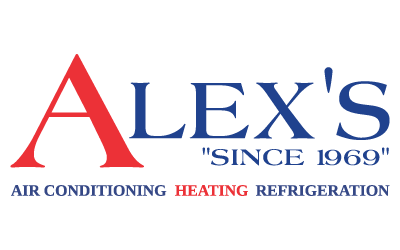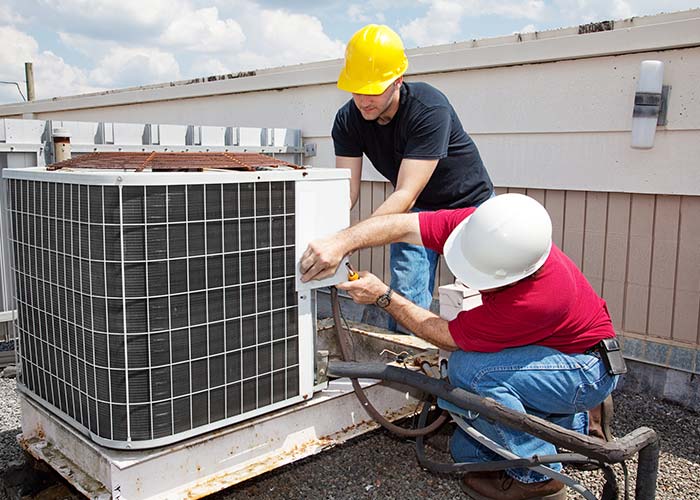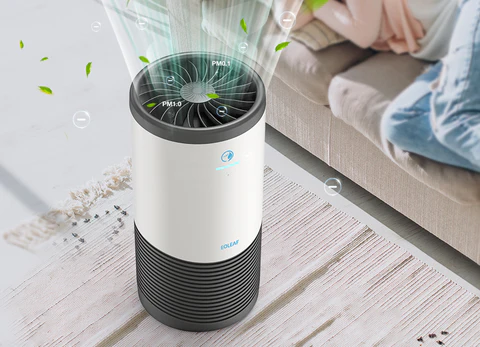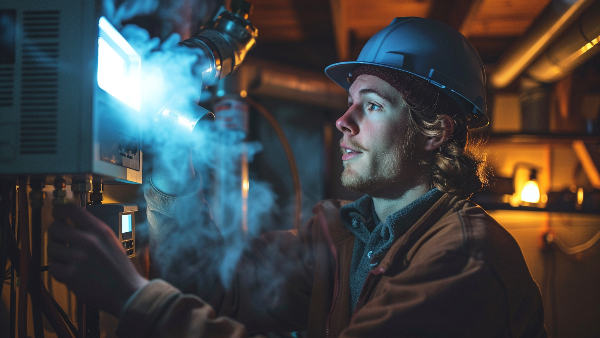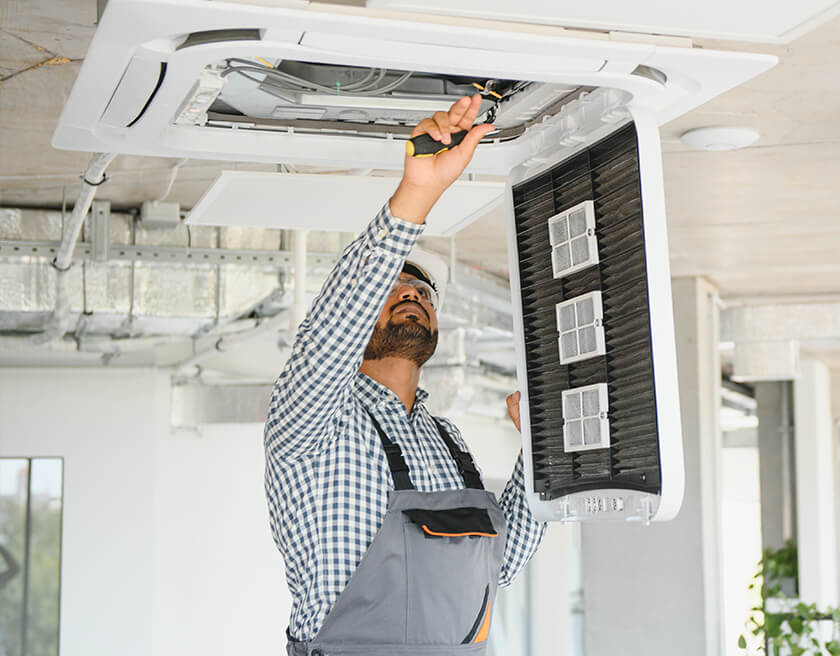Introduction
Indoor air quality is often overlooked, but for Texas homeowners, it is a crucial factor in health, comfort, and overall well-being. From springtime pollen surges to dusty summer months and occasional wildfire smoke, the air inside your home can harbor a surprising array of pollutants. While HVAC systems regulate temperature and humidity, they often cannot fully address airborne contaminants. This is where air purifiers become essential tools, working alongside your HVAC system to create a cleaner, healthier indoor environment.
Integrating air purification technology into your home not only helps reduce allergens, dust, and bacteria but also mitigates odors and airborne pollutants that traditional HVAC filtration might miss. For families concerned about respiratory health, maintaining optimal indoor air quality is not just a matter of comfort it is a proactive step toward protecting everyone under the roof.
The Unique Air Quality Challenges in Texas Homes
Texas presents unique challenges when it comes to indoor air. Seasonal pollen, dust storms, and wildfire smoke can significantly impact both indoor and outdoor air quality. Modern construction techniques, designed to improve energy efficiency, often create tightly sealed homes. While this reduces heating and cooling costs, it can trap pollutants inside, leading to an accumulation of allergens and irritants.
Homeowners may notice an increase in allergy symptoms, dust buildup, or musty odors, but many harmful particles, like bacteria and volatile organic compounds (VOCs), remain invisible. Without adequate filtration, these pollutants circulate through the HVAC system and into every room, affecting the health of residents and the longevity of the system itself.
For more on the impact of poor indoor air quality and strategies to fix it, see The Hidden Impact of Poor Indoor Air Quality And How to Fix It.
How Air Purifiers Work
Air purifiers improve indoor air quality by drawing air through a series of filters or purification technologies to remove contaminants. The most common types include:
HEPA (High-Efficiency Particulate Air) Filters capture fine particles such as dust, pollen, pet dander, and mold spores.
Activated Carbon Filters absorb odors, smoke, and VOCs.
UV-C Light Purifiers use ultraviolet light to neutralize bacteria, viruses, and mold spores.
Electrostatic Precipitators charge airborne particles and capture them on collector plates.
Many modern units combine multiple purification methods, offering comprehensive protection from a broad spectrum of airborne pollutants. These devices can be either portable or integrated into a home’s HVAC system to provide whole-home coverage.
Health and Comfort Benefits of Air Purifiers
Air purifiers offer tangible benefits that improve both comfort and health in Texas homes.
During spring, pollen is one of the most common indoor allergens. HEPA-equipped air purifiers can significantly reduce pollen levels, alleviating allergy symptoms for residents. For individuals with asthma, clean air helps reduce triggers and maintain better respiratory health throughout the year.
Dust accumulation is another concern, even in homes without pets. Fine dust can irritate lungs and settle on furniture, increasing cleaning efforts. Air purifiers capture these particles, making living spaces cleaner and more comfortable.
Texas residents also face occasional wildfire smoke and environmental pollutants. Activated carbon filters in air purifiers remove smoke particles and neutralize odors, ensuring indoor air remains safe even when outdoor conditions are poor.
Additionally, homes with higher humidity may experience mold growth. UV-C or HEPA filtration can capture airborne mold spores, preventing them from spreading and reducing associated health risks.
Integrating Air Purifiers with HVAC Systems
While standalone air purifiers are effective, integration with an HVAC system amplifies their benefits. Whole-home air purifiers filter air as it circulates through the ductwork, ensuring cleaner air in every room. This approach not only enhances coverage but also improves the efficiency of your HVAC system by reducing the accumulation of dust and debris on internal components.
Modern whole-home systems often pair with smart thermostats, allowing homeowners to monitor and adjust air quality settings remotely. Proper installation by a certified HVAC professional is essential to ensure the purifier operates effectively without compromising airflow or energy efficiency.
Choosing the Right Air Purifier
Selecting an air purifier requires consideration of the home’s size, the type of pollutants present, and maintenance needs. Units designed for larger homes can handle higher volumes of air, while smaller units may suffice for single rooms or bedrooms. Homeowners should also consider noise levels, energy consumption, and the cost and ease of replacing filters.
Many families choose a combination of whole-home systems and portable units to maximize coverage, especially in high-use areas like living rooms and bedrooms. Ensuring that your air purification strategy aligns with your home’s specific challenges is key to maintaining healthy indoor air year-round.
Supporting Strategies for Optimal Air Quality
Air purifiers are most effective when paired with additional air quality measures. Regular HVAC maintenance, including filter replacement and duct cleaning, ensures that the system circulates clean air efficiently. Maintaining indoor humidity between 40–50% helps reduce mold growth and respiratory discomfort. Proper ventilation, when outdoor air quality allows, can dilute indoor pollutants, and routine cleaning minimizes dust accumulation.
These strategies complement the capabilities of air purifiers, creating a holistic approach to indoor air quality. Homes that implement both preventative maintenance and supplemental purification consistently enjoy cleaner air and improved comfort.
For additional guidance on overall indoor air quality improvements, see Indoor Air Quality Texas: The Hidden Impact and How to Fix It.
Conclusion
Air purifiers are a critical component of maintaining healthy indoor air in Texas homes. They address allergens, dust, smoke, and microscopic pollutants that HVAC systems alone may not fully filter. When combined with regular maintenance, proper humidity control, and strategic ventilation, air purifiers create a healthier, more comfortable living environment for all residents.
By investing in air purification and taking a proactive approach to indoor air quality, homeowners protect both their families and their HVAC systems. In Texas, where environmental challenges and seasonal variations can strain indoor air quality, a well-chosen air purifier is more than a convenience it is a vital part of modern home comfort and wellness.
For more tips on enhancing indoor air quality, see The Hidden Impact of Poor Indoor Air Quality And How to Fix It.
